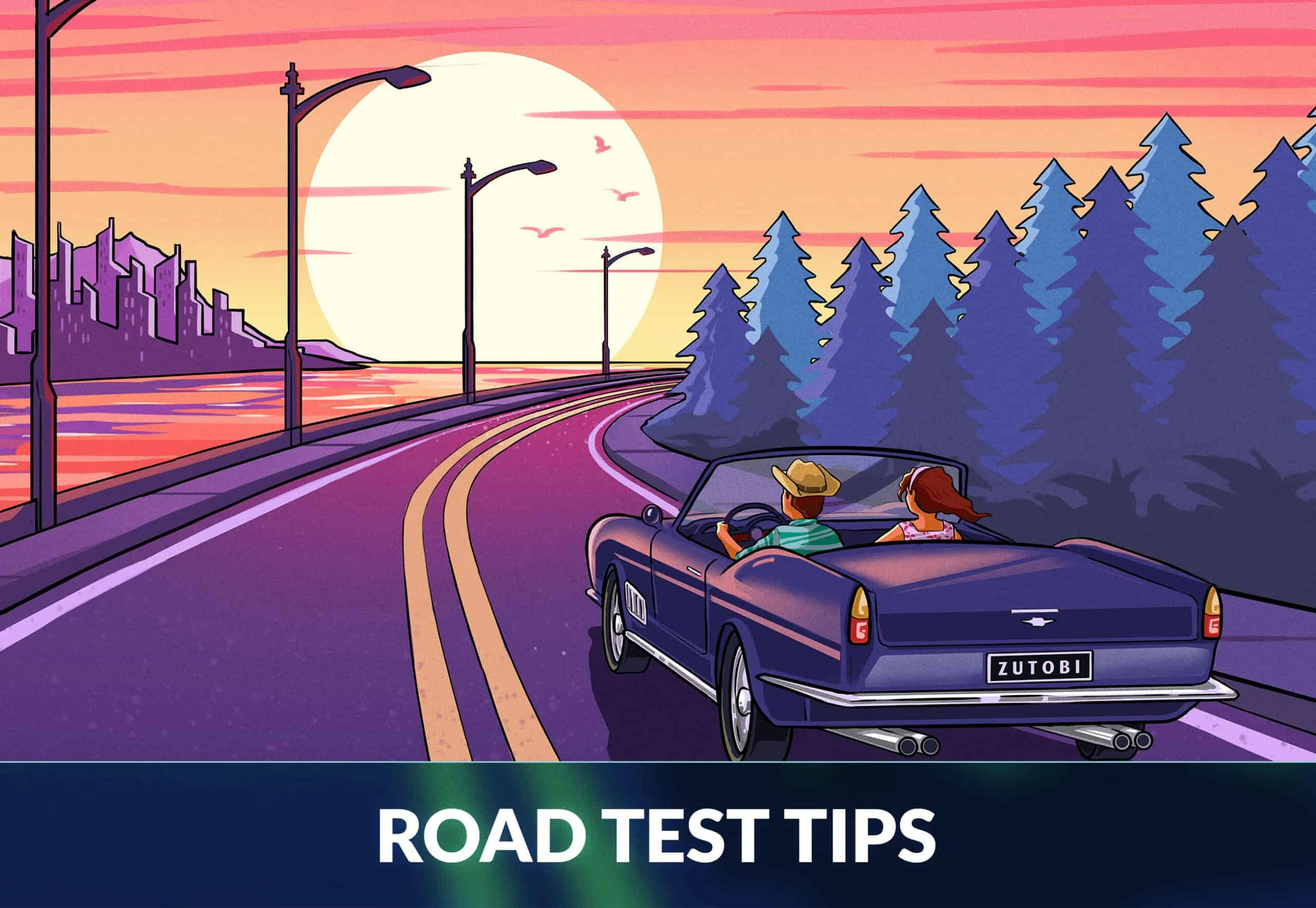
13 Driving Test Tips to Pass Your Road Test
The last hurdle to overcome before getting a driver’s license is the driving test. The driving test is meant to test if you are ready for solo driving. To prevent unsafe or bad drivers from getting a driver’s license, even small errors on the road test can lead to a failing grade.
While it’s very common for people to have to re-do the driving test one or two times, we’ll go through some important driving test tips so you know how to pass the behind-the-wheel test on the first try.
13 Driving Test Tips
Tip #1 – Critical vs Non-Critical Mistake
You may notice that you make a mistake on the driving test and assume you have failed the test. Don’t. Your mistake may be a non-critical mistake, which means you may still have a chance of passing.
- Critical mistakes are errors that show a lack of control of the vehicle or errors that are dangerous to others on the roadway. They result in an instant/automatic fail on the driving test.
- Non-critical mistakes are all other errors or mistakes on the road test. Depending on where you live, you may accumulate a few non-critical mistakes without failing the test. Too many non-critical mistakes will lead to a failing grade.
At the end of the road test, the driving instructor will review your score and point out areas of improvement. You’ll be told about your critical or non-critical mistakes.
Tip #2 – Remember the basics
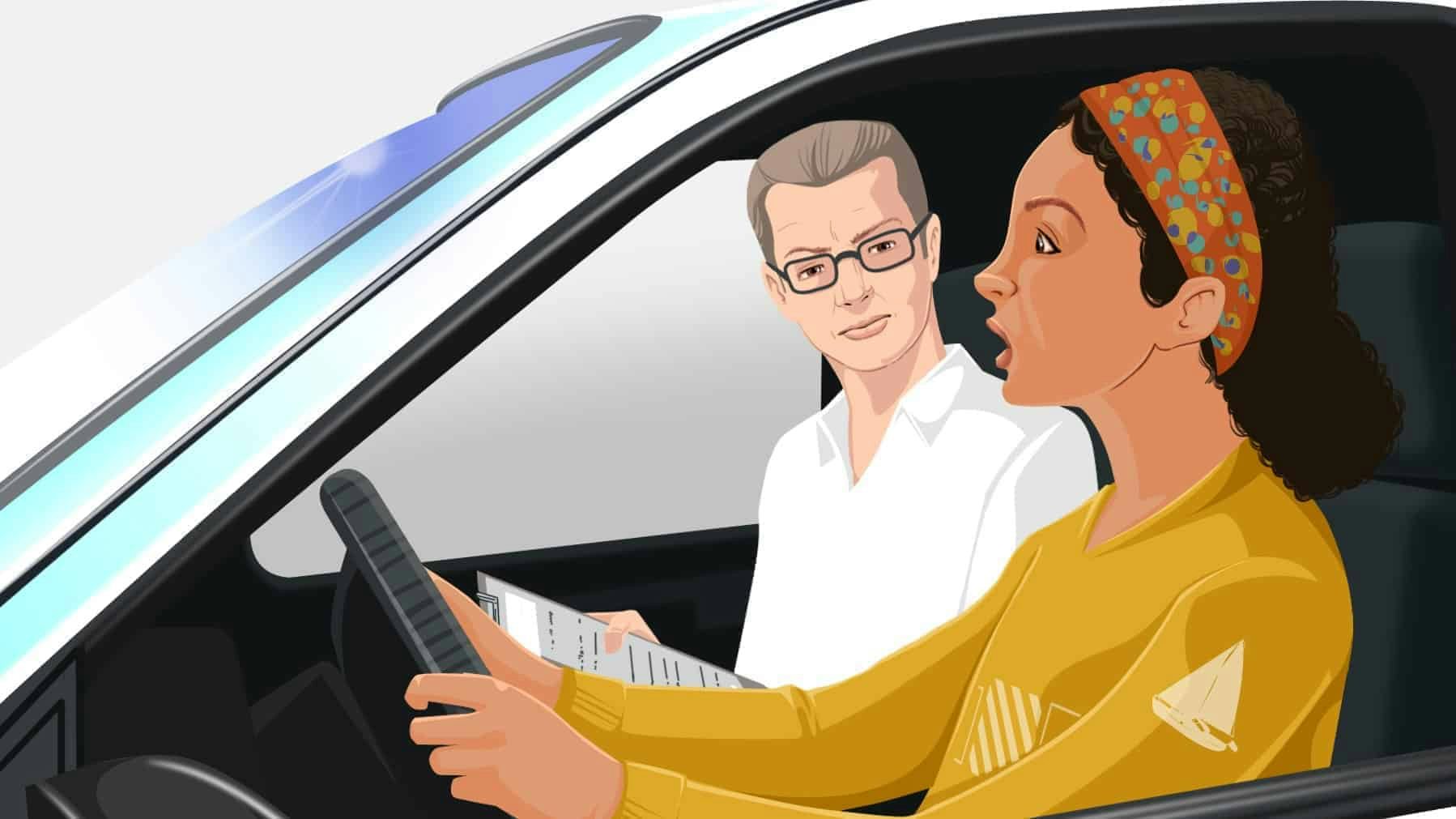
Whether it is due to nervousness or test-anxiety, people have a tendency to forget the basics on the day of the road test. The instructor will test you on your driving skills, and not knowing or forgetting the basics is a straight road to a failing grade.
Here are a few common mistakes new drivers often make on the driving test:
- Not checking the mirrors often enough. You need to check your mirrors continuously so you know what’s beside and behind you. The DMV instructor will be watching you to make sure you are fully aware of your surroundings.
- Reducing speed too late. When the speed limit changes, you must not drive above the speed limit for any period of time. You can try to maintain a speed that is within 3-5 mph of the speed limit in normal driving conditions.
- Not driving at a speed safe for the conditions. The number on the sign is the maximum you are allowed to drive, but you need to slow down even further in traffic or bad weather according to the Basic Speed Law.
- Not standing still at a STOP-sign. You need to brake smoothly and come to a complete stop. Wait for at least 3 seconds when you encounter a STOP-sign even if there is no other traffic nearby. Failure to stop at a STOP-sign is an automatic fail on the drivers test.
- Not changing lanes correctly. Signal to let other drivers know of your intention to change lanes. Then use your mirrors, look over the shoulder into the blind spot, and make the lane change.
- Not looking far enough ahead. By keeping an eye two or three places in front of you, you will notice if they apply their brakes for whatever reason (you will notice their brake lights!). This should give you plenty of warning to plan your moves and allow you to slow down in good time.
Tip #3 – Get used to your car
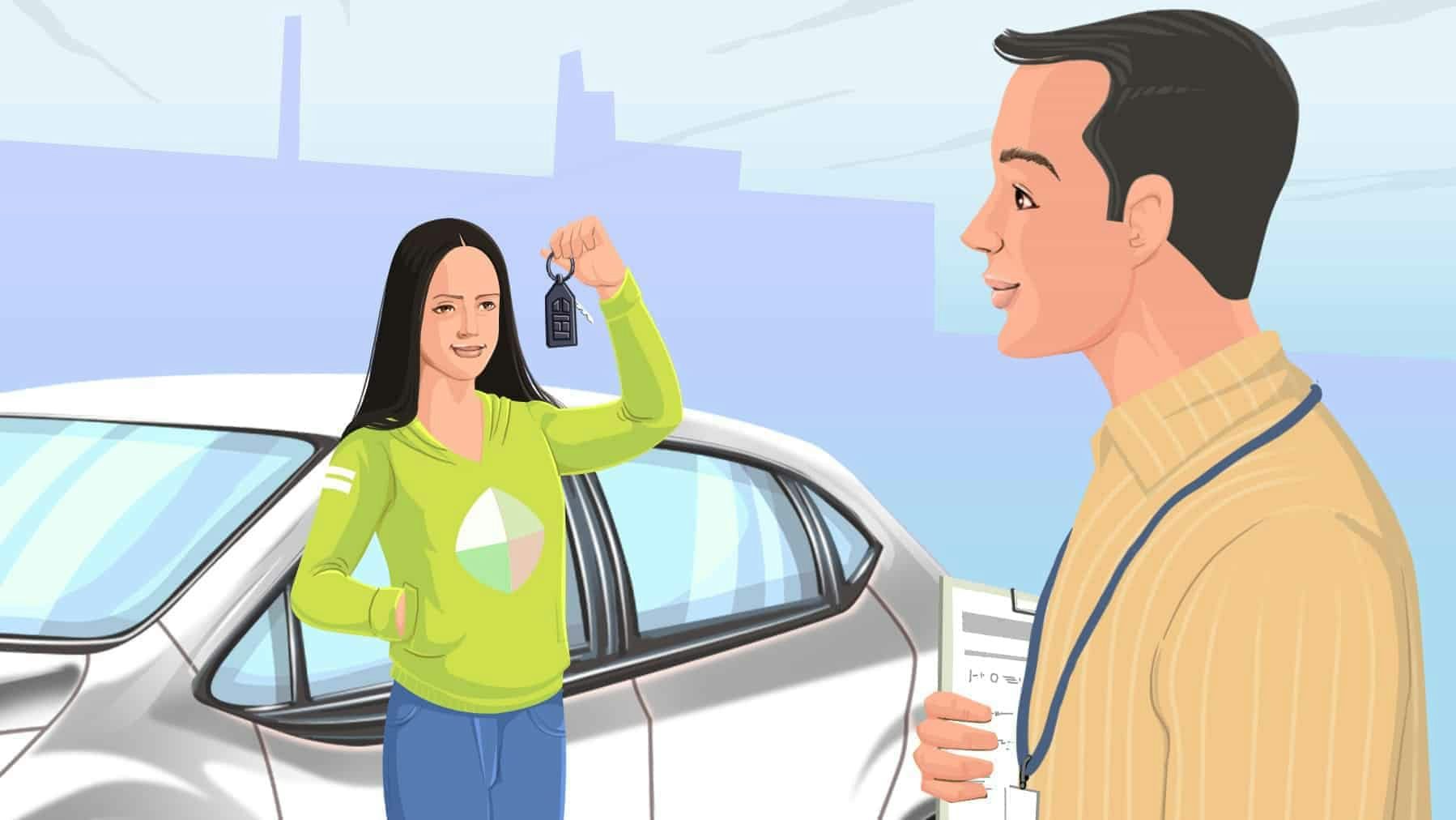
You need to bring your own car to the driving test, so it should be one you are familiar with and you have had plenty of practice in. Before you take the drivers license test, you need to feel comfortable in the car, which includes learning:
- Different controls
- Pedals and how they work
- The size of the car and how it affects parking and other driving situations
- How to check and adjust your mirrors
- How the clutch/brakes feel in this particular car. This is to avoid braking too aggressively
By getting familiar before the road test, you’ll be able to avoid stressful situations during the test as you will already have done the same thing with the same car in an earlier situation.
Tip #4 – Learn how to perform a safety check of your car
The DMV examiner will inspect your car to make sure it is in good working order. During this inspection, you may be required to do a safety check of your vehicle (i.e. change oil, refill the windshield washer fluid, test the brakes or something similar). Familiarize yourself with all the things the examiner may ask on the test.
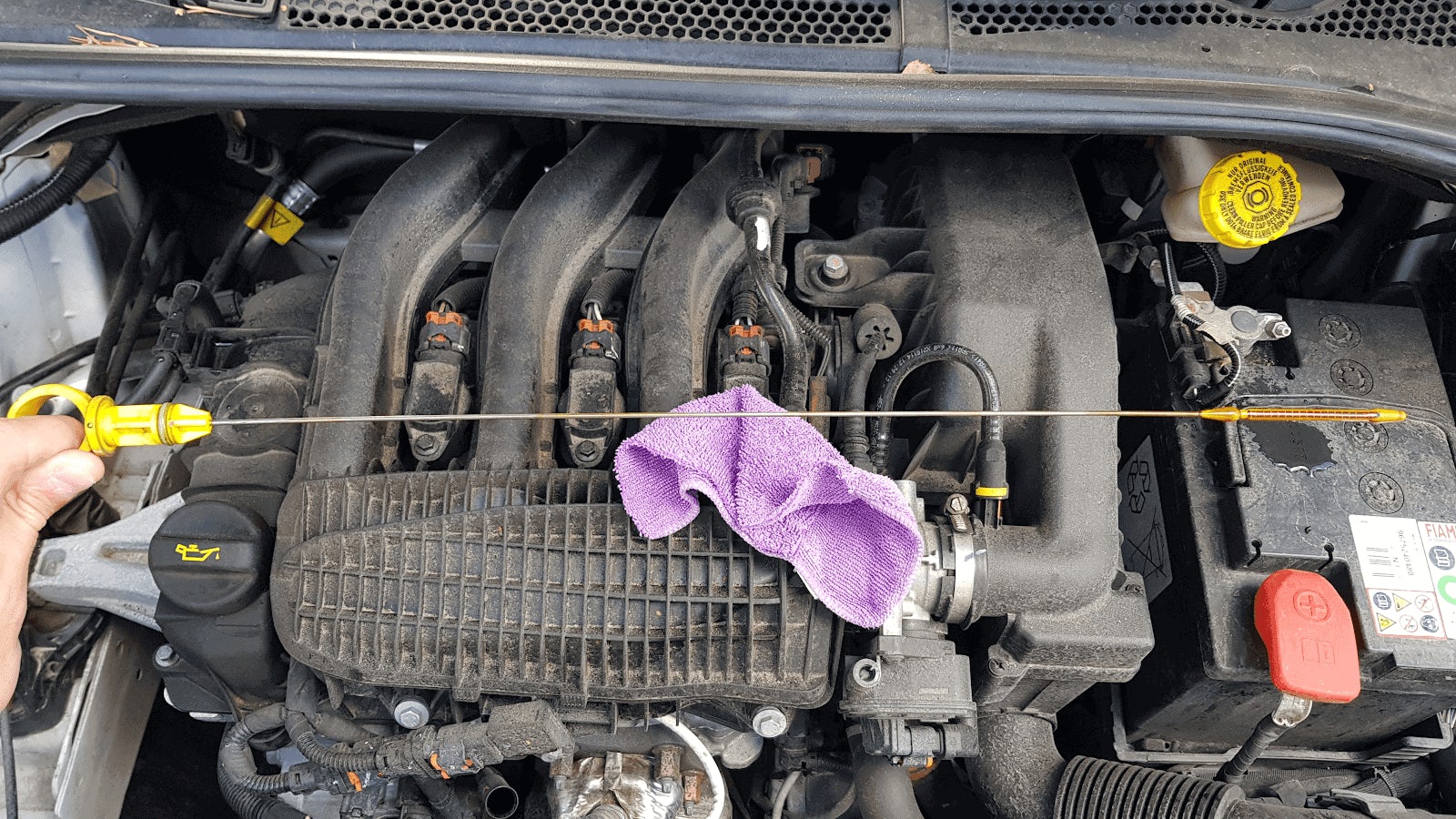
Tip #5 – Practice, practice, practice
It goes without saying, but the most important aspect of passing the DMV road test is to actually be a good driver. You don’t just become a good driver overnight, you learn it through practicing behind the wheel for many hours.
Log as many hours as you can behind the wheel before your driving test. In some states, you’ll need to log a mandatory 50-100 hours before you are allowed to take the test. Consider that to be the minimum amount of hours you should practice behind the wheel, not the recommended amount.
Tip #6 – Pay attention to the road, not the examiner
As you’ll no doubt have learned early on, any distraction will severely impact your safe driving skill and concentration. While you may feel anxious to know what the examiner is doing and writing down, it’s completely irrelevant to know during the driving test.
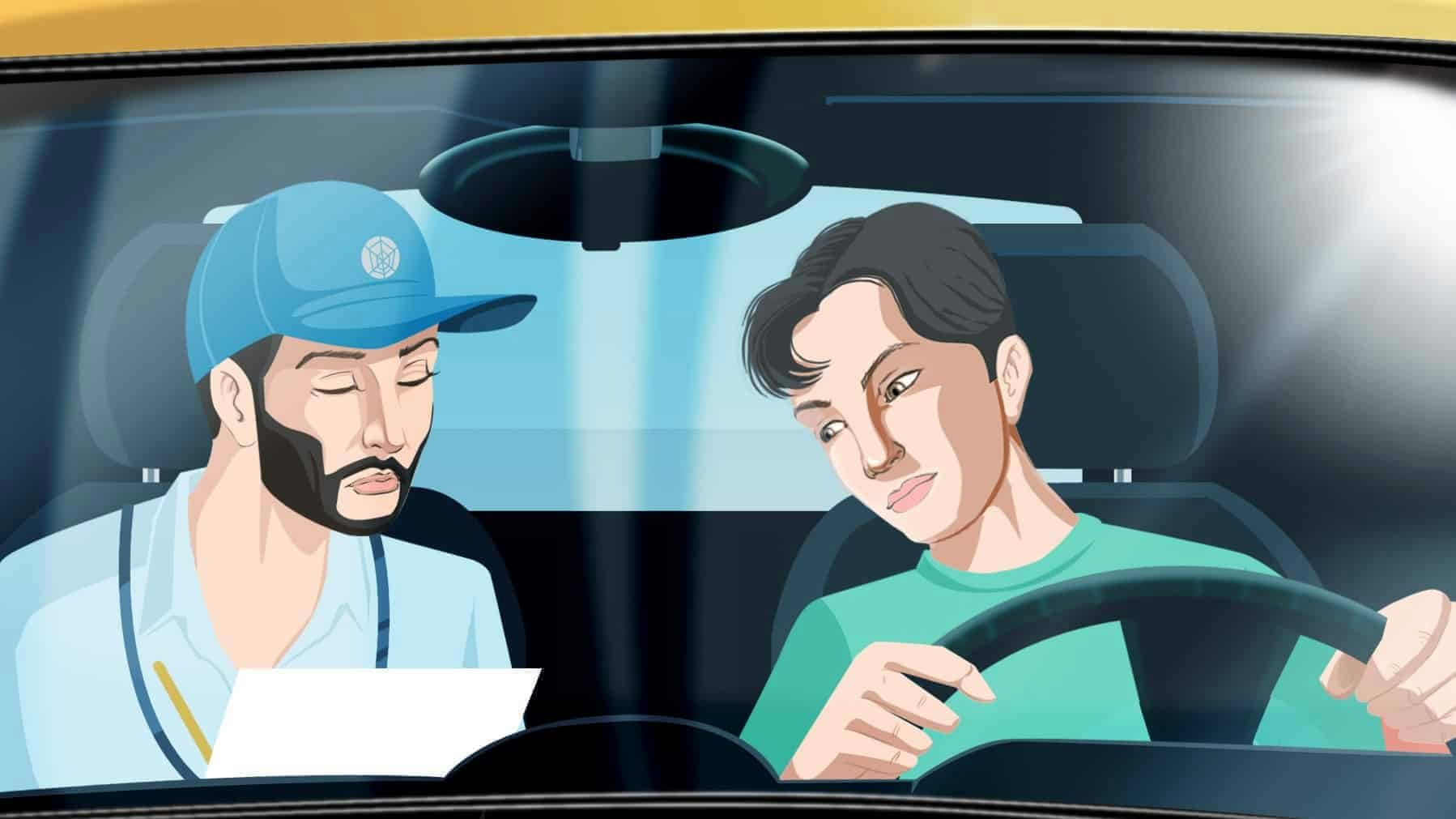
Instead of focusing on the examiner, focus on the road and the area around your car to ensure you drive in the safest and best way possible. This, if anything, will ensure the examiner only writes positive things about your driving and help you get a passing grade.
Tip #7 – Don’t take the test too early
It’s understandable to want to complete the behind-the-wheel test and never think of it again, but taking the driving test before you are ready will inevitably lead to a failing grade. In fact, the most common mistake according to instructors is taking the test too early.
You won’t be able to “fake” your way to a driver’s license, so take your time to learn how to drive properly before taking the test. You’ll end up saving time and money in the long run.
Tip #8 – Prepare for all conditions
While you may be lucky and have your driving test in perfect conditions, it’s likely at least something doesn’t go according to plan. To make sure you are prepared, you should prepare for all conditions such as rain, snow (if taking the test during the winter), at night, bright sun, clouds, etc.

For example; it may be raining which calls for a much different driving style compared to when it is dry. You’ll need a longer following distance, lower speed, and may need to activate your headlights. You also need to know how to activate the windshield wipers on your car.
Tip #9 – Practice advanced maneuvers
Depending on where you live, you may be required to perform more advanced maneuvers such as the 3-point turn or parallel parking.
Parallel parking is known to be one of the most difficult maneuvers to be commonly tested on the road test. Many drivers loathe parallel parking and will go to great lengths to avoid having to parallel park unless they absolutely have to.
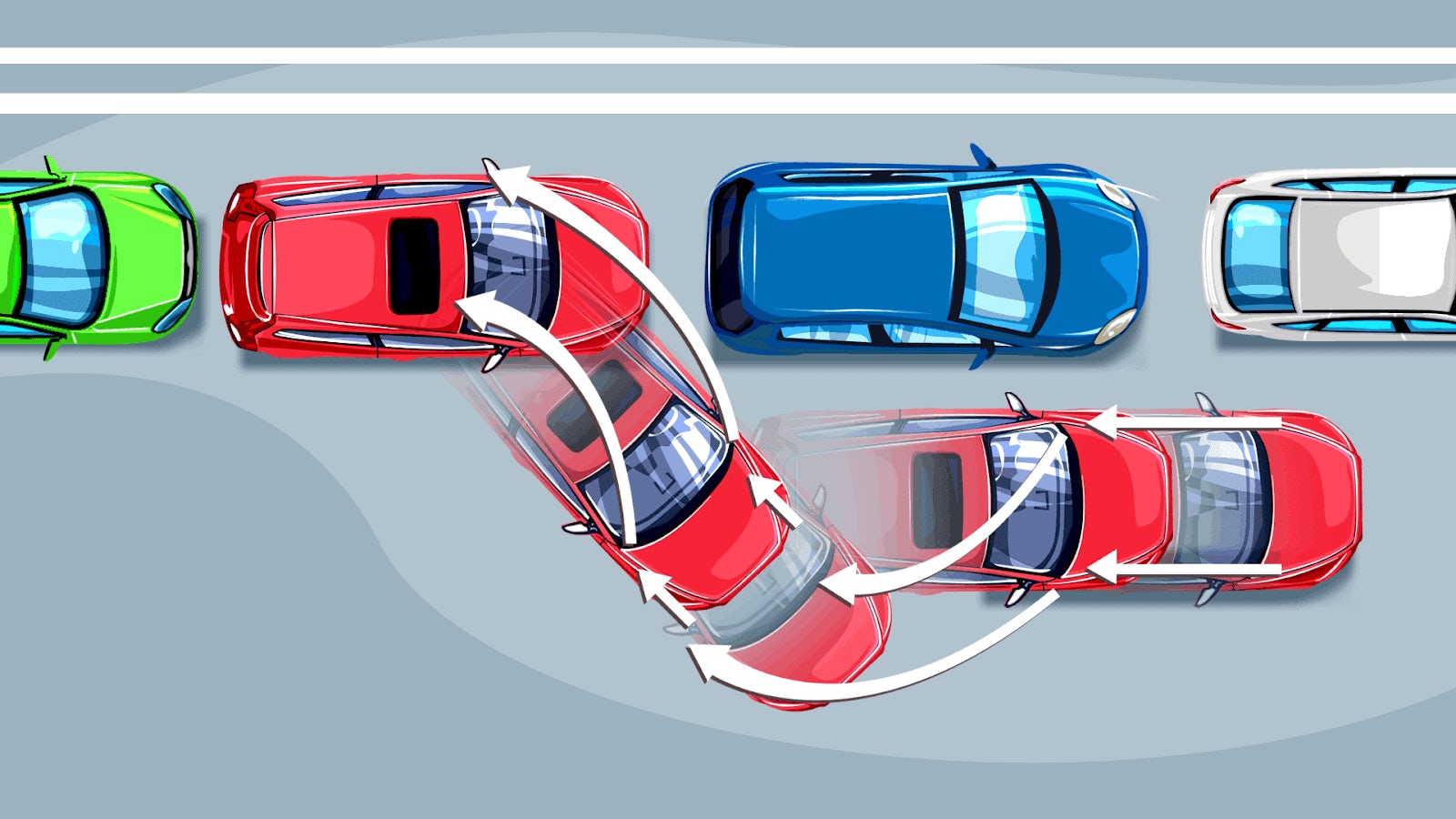
The only way to become proficient at parallel parking is to practice, practice, and practice. Luckily for you, we’ve already created a guide to help you. If you haven’t yet practiced advanced maneuvers, read up on how they work and practice them before the test.
Tip #10 – Try to foresee hazards
A major part of learning to drive is to be able to predict and potential hazards and act accordingly. Many of the day-to-day hazards are predictable and preventable.
On the driving test, your driving examiner will be carefully monitoring how you act in traffic and if you take preventable action such as slowing down round a corner or near intersections with limited visibility. Below is a list of some places where you need to be extra careful:
- At any area with lots of pedestrians
- When nearing a corner or curve
- At any place with limited visibility
- When approaching a pedestrian crossing
- When approaching an intersection
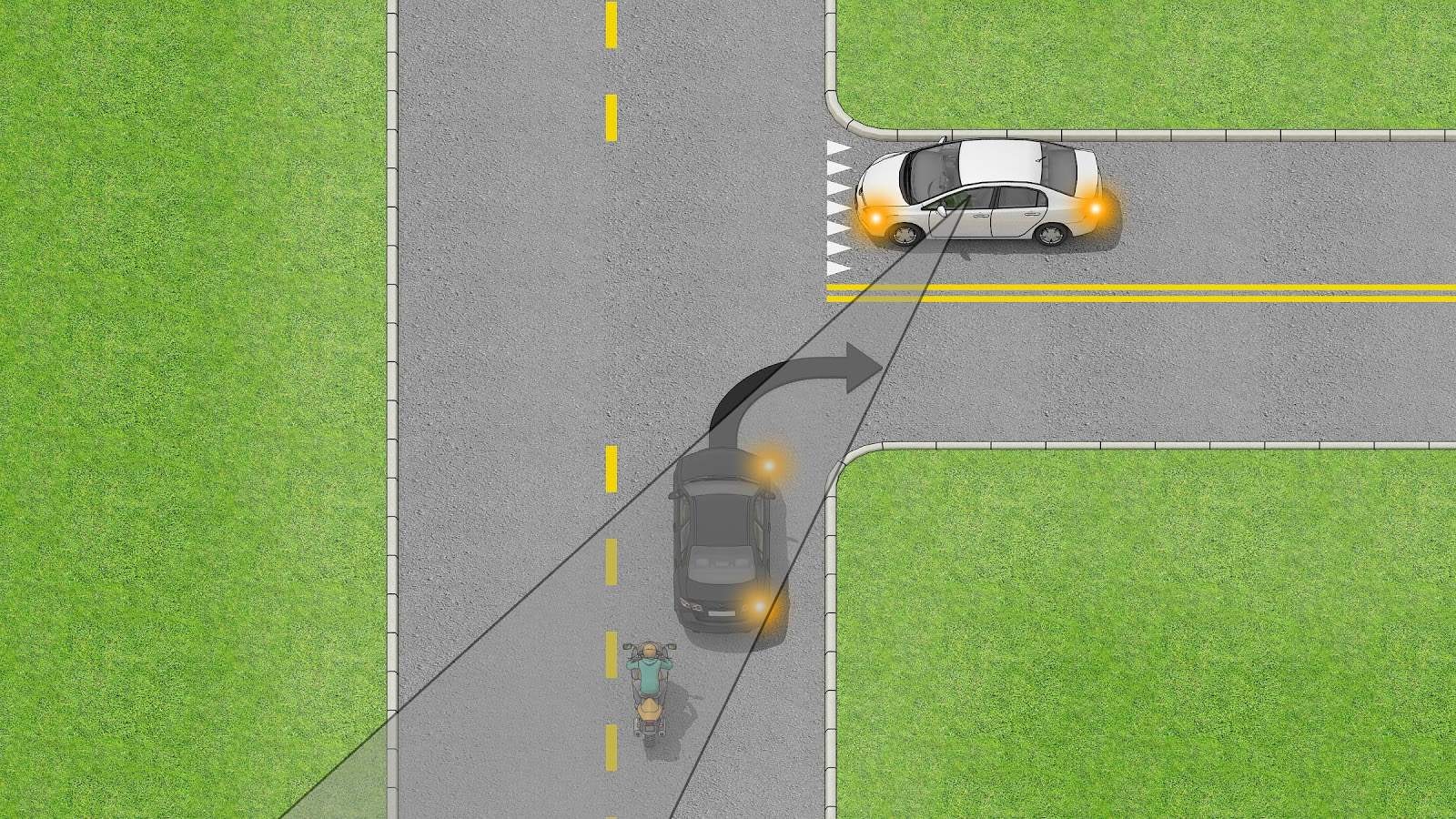
Tip #11 – Take your time
Just because you are taking a test doesn’t mean you need to drive differently than you are used to or feel panic that you are taking too long. In fact, you should drive exactly as you usually do and take your time in every situation. The examiner wants you to drive as you are used to and show him/her that you have the necessary skills to be a safe driver.
What can cause a failed grade is stress and/or panic. If you perform moves too fast or in an unsafe manner, the examiner will take note and may fail you. If you feel panic or stress, take a few deep breaths and try to relax.
Tip #12 – Make sure you bring all the required documents
There can be few things more frustrating than preparing for and showing up at the driving test but not being allowed to take the test. However, that is exactly what will happen if you show up for the driving test without the required documents.
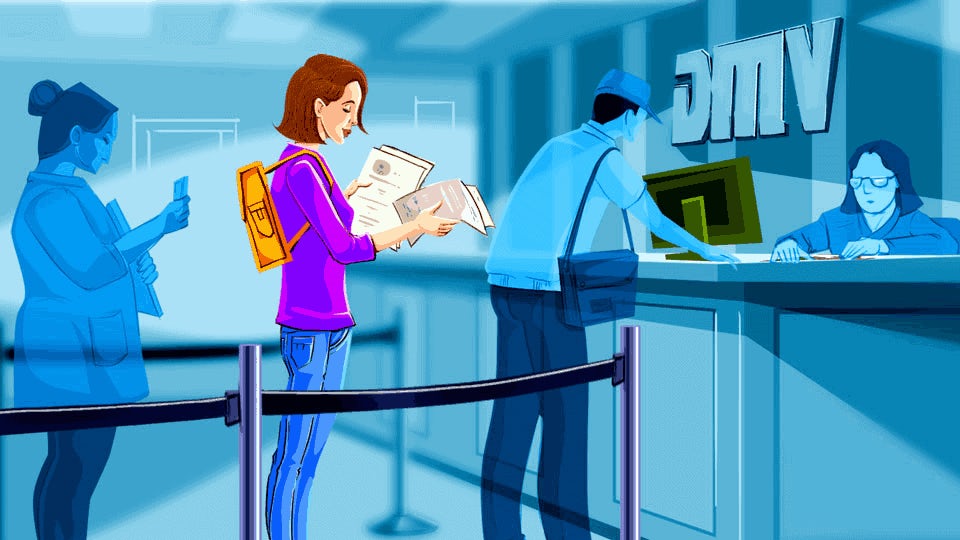
Read here or check your DMV website on what to bring and make a list. In most states, you will need to bring your permit, proof of insurance, car registration, certificate of behind-the-wheel training course, a log of practice hours signed by your parent or guardian as well as money to pay the fees for the test (usually $20-50).
Tip #13 – Study with online resources
While the driving test is a test of your car handling skills, the driving examiner will take into account your awareness of the road rules and safe driving skills. The obvious material to read is the DMV manual for your state.
Another great option is to read online resources and practice, like the Zutobi DMV prep courses which are designed to help new drivers pass their theory test and become safe drivers. All Zutobi courses have a summarized DMV manual and practice tests – learning the road rules and practical driving tips has never been easier.

550+ exam-like questions
All you need to ace your test
Perfect for first-timers, renewals and senior citizens
Recommended articles
Ace your DMV test, guaranteed
Want to Be the Top School in Your Area?
- Simple & automated admin
- More time for teaching
- #1 learning materials for students


